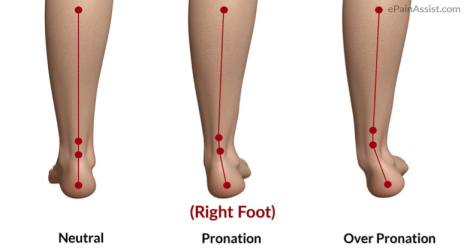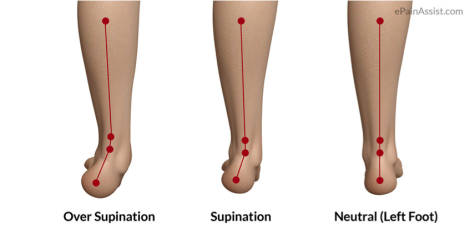
Improve The Timing Of Foot Pronation To Eliminate Plantar Fasciitis
Blog post by: Dr. Lev Borukhov, PT, DPT
Plantar fasciitis can be a painful and limiting injury. It often affects the bottom of your foot between the heel and arch. Plantar fasciitis is usually described as a sharp pain in the morning as soon as you get out of bed. Most people will modify their gait ( the way they walk) by walking on the outside edge of their foot to decrease pain. Over time that compensation my result as a heel spur. Plantar fasciitis is thought of as an overuse injury but the cause is unknown.
Plantar fasciitis symptoms include:
• Pain with walking especially in morning
• Pain with walking after sitting
Physical therapist treatments for people with plantar fasciitis should be custom tailored to their specific functional limitations. At Therapydia we use an individualized approach to every patient. One of my favorite approaches to treat plantar fasciitis is to look at the timing of the foot when it pronates and supinates. I commonly find a discrepancy between what should happen and what is happening.
Your foot begins to enter pronation when your big toe lands on the ground after you heel strike. If your foot doesn’t get to pronate then the shock absorbing properties that are innate to the foot structure don’t get a chance to take place which may lead to plantar fasciitis-like pain.
The foot enters supination to give itself rigidity for a stable platform to push off from. If the foot doesn’t supinate properly or in time it may mean that you are pushing off a pronated foot which could cause some pain in the plantar fascia area.
So speed up or slow down these steps I like to use little foam wedges. In this video we are using wedges to speed up pronation.
In this video we are using wedges to speed up supination of the foot.
Pronation is a normal foot motion and helps to absorb shock on the foot, knee, hip and back. However, over pronation stretches the plantar fascia leading to plantar fasciitis. By improving the timing and positioning on each step, you can eliminate plantar fasciitis pain. There are many other treatment modalities that physical therapists utilize to treat patients with plantar fasciitis. Most treatment plans are tailored to the patient and their specific functional deficits. Give us a call if you’re experiencing heel-related pain and we’ll work with you to create a custom treatment plan for your needs.
heel pain, over pronation, plantar fasciitis, pronation, supination

